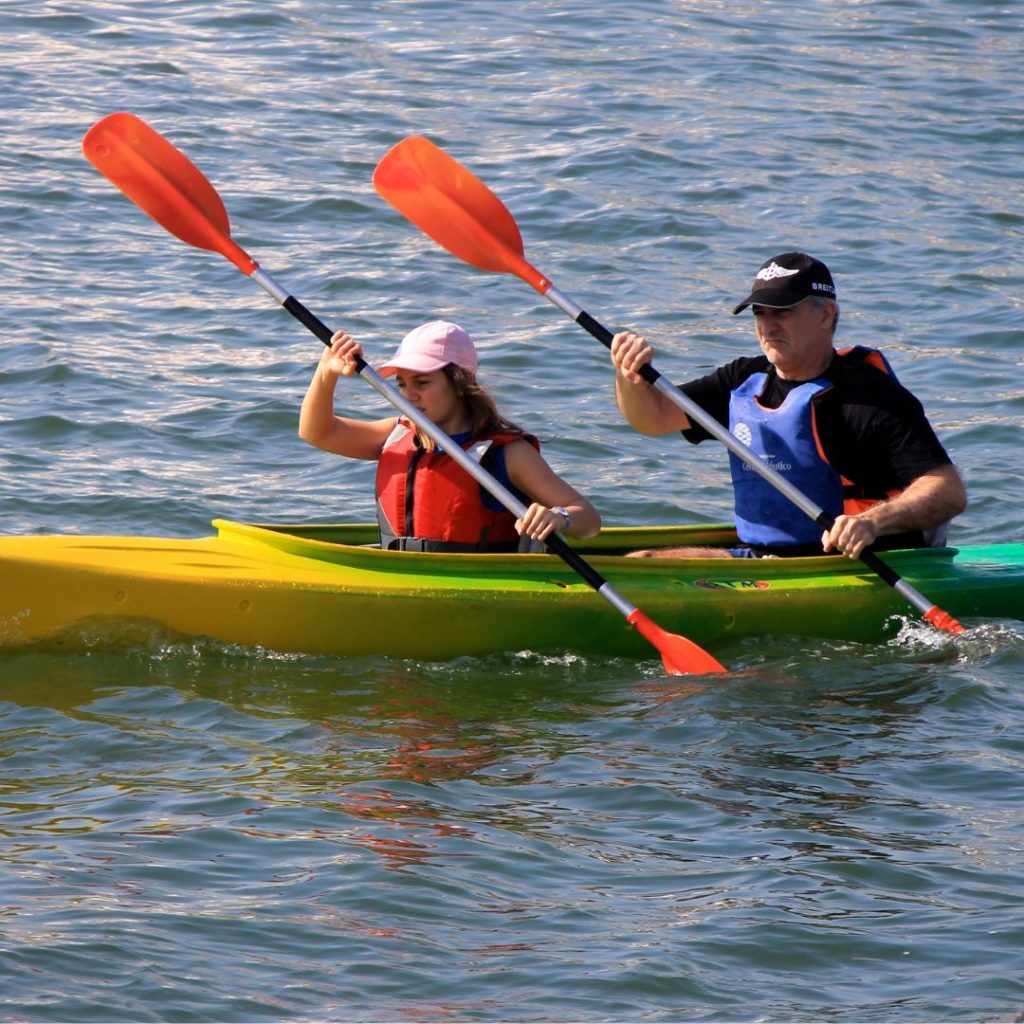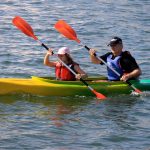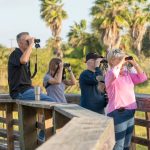Kayaking Safely in Copano Bay: A Guide for Aransas County Paddlers
Copano Bay offers some of the most beautiful paddling experiences in South Texas. With its diverse ecosystem, abundant wildlife, and stunning views, it’s no wonder kayakers are drawn to these waters. However, to fully enjoy all that Copano Bay has to offer, safety must be your top priority. This guide will help you prepare for a safe and enjoyable kayaking adventure in Aransas County.
Understanding Copano Bay’s Environment
Copano Bay is a shallow estuary covering approximately 65 square miles in Aransas County. Its average depth of 3-4 feet makes it ideal for kayaking, but also means weather conditions can change water conditions rapidly. The bay is home to diverse marine life, including redfish, speckled trout, and blue crabs, as well as numerous bird species that make the Texas Coastal Bend famous among birdwatchers.
Essential Safety Considerations
Weather Awareness
Wind Conditions: Perhaps the most critical factor for kayakers in Copano Bay is wind. South Texas coastal winds can be unpredictable and intense, especially in the afternoons. A calm morning can quickly transform into challenging paddling conditions.
- Check wind forecasts before heading out
- Plan to paddle against the wind first, so your return trip will be easier
- Avoid open water areas during high winds (typically anything above 15 mph)
- Remember that wind usually increases throughout the day, peaking in mid-afternoon
Heat and Sun Exposure: South Texas sun is particularly intense, and the water’s reflective surface amplifies UV exposure.
- Apply waterproof sunscreen (SPF 30+) and reapply every two hours
- Wear a wide-brimmed hat and UV-protective sunglasses
- Bring at least one gallon of water per person for a day trip
- Consider UV-protective clothing or lightweight long sleeves
- Plan longer trips for morning hours when temperatures are cooler
Essential Safety Equipment
Personal Flotation Devices (PFDs): Texas law requires all kayakers to have a Coast Guard-approved PFD on board, but at Copano Bay, wearing it at all times is strongly recommended regardless of your swimming ability. Modern PFDs are designed for comfort while paddling.
Communication Tools:
- Waterproof phone case or VHF marine radio
- Whistle or horn for signaling
- Share your float plan with someone onshore
Navigation and Visibility:
- Compass and waterproof map of Copano Bay
- Bright colored clothing or kayak
- Light source if paddling near dawn or dusk
Paddling Best Practices
The Buddy System: Kayaking with a companion dramatically increases safety on Copano Bay. Solo paddling, while peaceful, increases risk if something goes wrong. A paddling partner can:
- Assist in case of capsizing
- Help with navigation decisions
- Provide emergency aid if needed
- Share the experience and watch for potential hazards
Time Management: Be aware of sunset times, which vary significantly throughout the year in South Texas. Plan to be off the water well before dark unless you’re specifically prepared for night paddling with appropriate lights and experience.
Skills Assessment: Honestly evaluate your paddling abilities and choose routes that match your skill level. Copano Bay offers something for everyone:
- Beginners: Stay in protected coves and close to launch sites
- Intermediate: Explore shorelines and maintain visual contact with land
- Advanced: Longer crossings (with proper planning and safety equipment)
Local Hazards to Watch For
- Oyster Reefs: Copano Bay contains numerous oyster reefs that can damage kayaks and cause injuries. Learn to identify the signs of shallow reefs.
- Boat Traffic: While not as busy as some bays, Copano does see fishing and recreational boat traffic. Wear visible colors and be prepared to signal your presence.
- Weather Changes: Thunderstorms can develop quickly, especially in summer months. Check forecasts and have a “bail-out” plan for unexpected weather.
Launch Sites from Aransas Pathways
Aransas Pathways maintains several excellent kayak launch sites around Copano Bay, giving paddlers multiple options to explore this beautiful ecosystem:
- Howard Murph Park: A well-maintained launch with parking and facilities
- Airport Road: Offers quick access to protected waters
- Rattlesnake Point: Great spot for wildlife viewing
- Port Bay: Access to the northern reaches of the Copano Bay system
- Copano Causeway: Convenient launch with deeper water access
Each site offers unique paddling experiences and access to different parts of the bay. Visit the Aransas Pathways website for specific directions and facilities information for each launch location.
Final Safety Reminders
Kayaking safely in Aransas County and Copano Bay means staying vigilant about changing conditions. Always watch for increasing winds, protect yourself from the intense South Texas sun, and wear your PFD consistently. Be mindful of sunset times and plan your trip accordingly.
We strongly recommend paddling with a buddy system to ensure someone is always watching your back on the water. Remember that winds typically increase in the afternoon, so plan to be in protected waters or heading back to shore as the day progresses.
With proper preparation and respect for the environment, kayaking Copano Bay can be one of the most rewarding outdoor experiences Aransas County has to offer. The stunning wildlife, peaceful waters, and natural beauty create memories that will last a lifetime – all while staying safe on the water.









